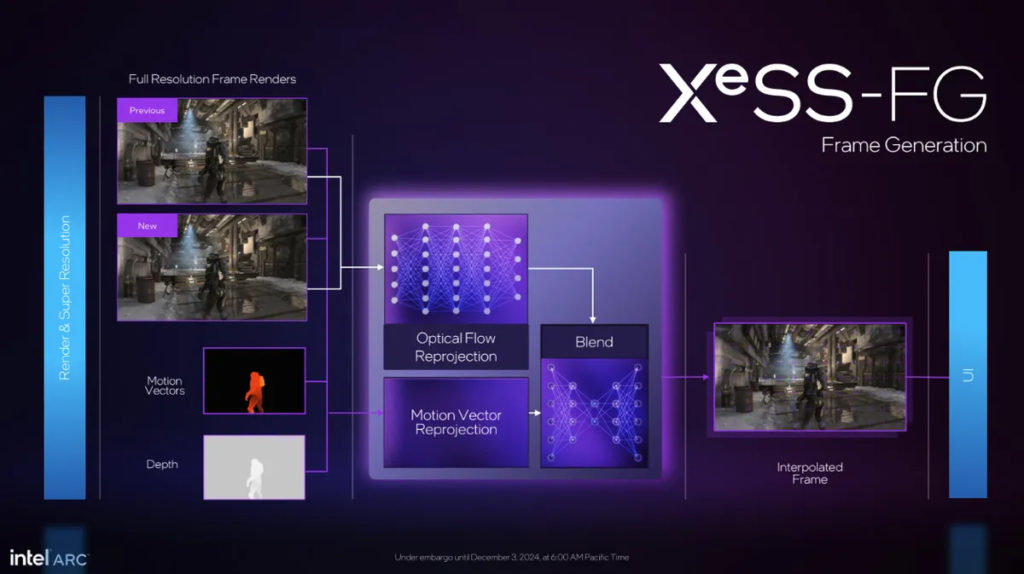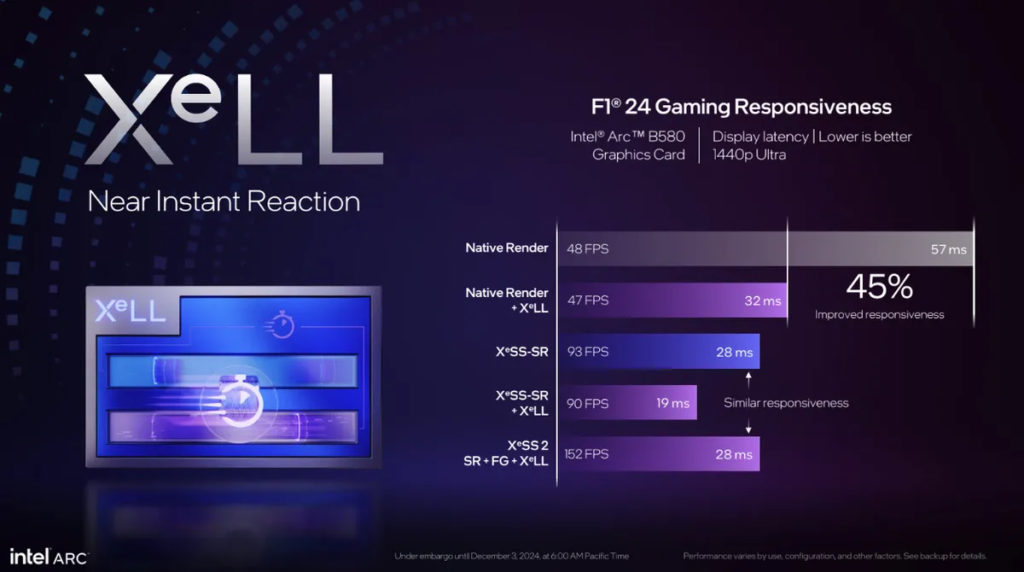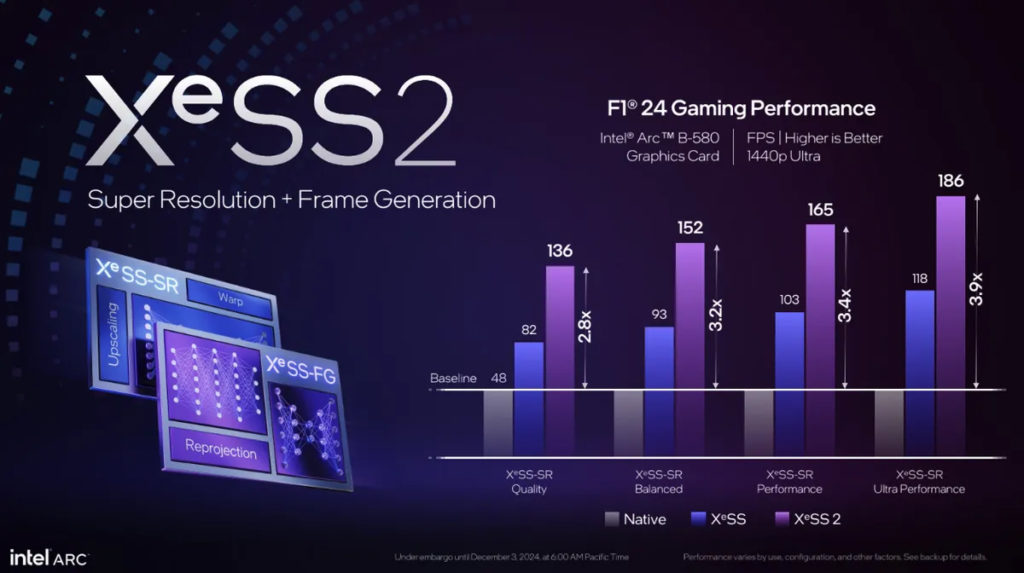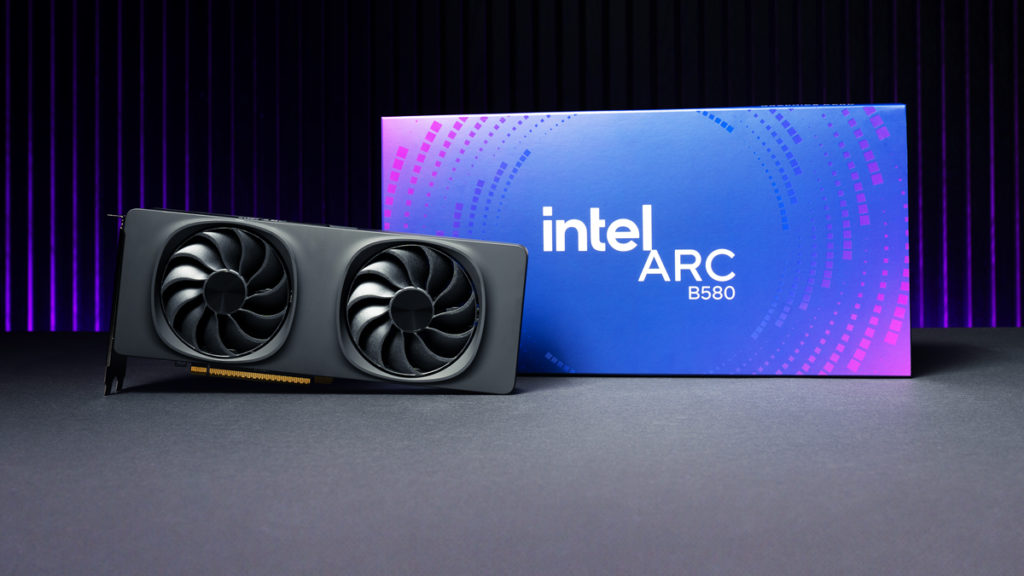Intel has released some first-party benchmarks for XeSS 2, showing how the latest iteration of its AMD FSR and NVIDIA DLSS competitor can deliver improved gaming performance of up to 3.9x in games that include F1 24, the latest installment of Codemasters and EA’s racing video game series. This is partially thanks to Frame Generation, a new addition to XeSS that, similar to other existing implementations, adds interpolated frames for higher frame rates, as well as “XeLL” (Xe Low Latency)—Intel’s answer to NVIDIA Reflex. See below for the slides and what Intel said about XeSS 2 in its announcement for Arc B-Series graphics cards today.



XeSS 2 now includes three technologies: XeSS Super Resolution, XeSS Frame Generation and Xe Low Latency. XeSS Super Resolution is the key technology that underpinned first-generation XeSS, which has offered AI-based upscaling for more than two years and now supports more than 150 games. New AI-powered XeSS Frame Generation adds interpolated frames using optical flow and motion vector reprojection to provide higher fluidity gaming. And new Xe Low Latency integrates with the game engine to provide faster response to gamers’ inputs. With all three technologies activated, XeSS 2 is capable of increasing the frames-per-second output by up to 3.9x to deliver high performance in demanding AAA games.

